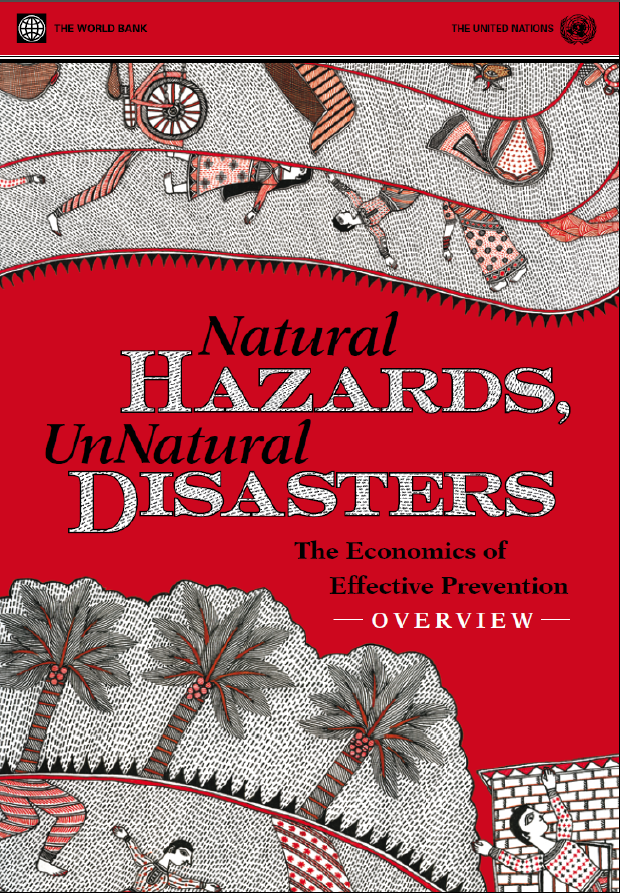The report looks at disasters primarily through an economic lens. Economists emphasize self-interest to explain how people choose the amount of prevention, insurance, and coping. But lenses can distort as well as sharpen images, so the report also draws from other disciplines: psychology to examine how people may misperceive risks, political science to understand voting patterns, and nutrition science to see how stunting in children after a disaster impairs cognitive abilities and productivity as adults much later. Peering into the future, the report shows that growing cities will increase exposure to hazards, but that vulnerability will not rise if cities are better managed. The intensities and frequencies of hazards in the coming decades will change with the climate, and the report examines this complicated and contentious subject, acknowledging all the limitations of data and science.
Natural Hazards, Unnatural Disasters: The Economics of Effective Prevention
November 1, 2010

